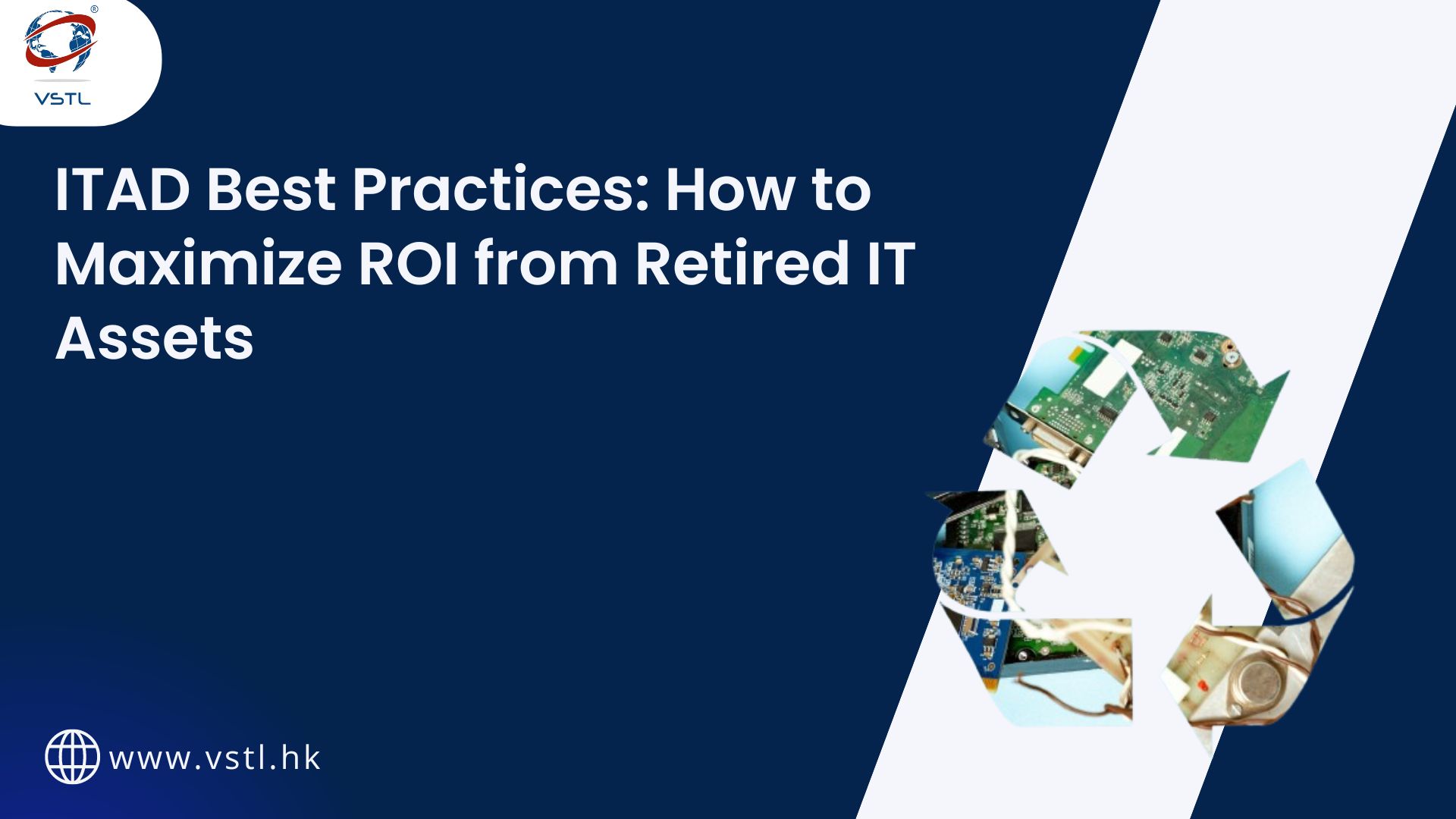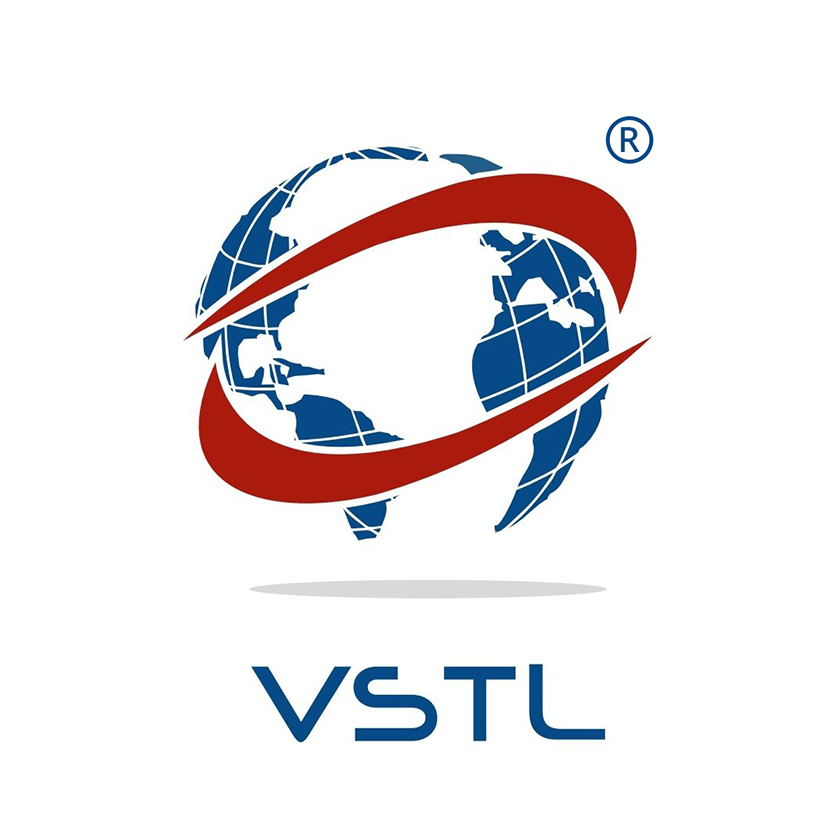
In today’s fast-paced digital world, technology evolves at lightning speed. As businesses strive to stay competitive, they frequently upgrade their IT infrastructure. However, this often results in a pile of retired IT assets that, if not managed properly, can become a liability rather than an asset. This is where IT Asset Disposition (ITAD) comes into play. ITAD is the process of securely and responsibly disposing of obsolete or unwanted IT equipment. But beyond just disposal, ITAD offers businesses the opportunity to maximize their return on investment (ROI) from these retired assets.
In this blog, we’ll explore the best practices for ITAD that can help your business not only recover value but also mitigate risks and make a positive impact on the environment. Let’s dive in!
1. Conduct a Comprehensive Asset Inventory
The first step in maximizing ROI from retired IT assets is to know exactly what you have. Conducting a comprehensive inventory of all IT assets is essential. This includes hardware like servers, laptops, desktops, mobile devices, and networking equipment, as well as software licenses and other digital assets.
Why It Matters:
Having a clear picture of your assets allows you to make informed decisions about which items can be reused, resold, or recycled. It also helps in identifying high-value assets that may still have considerable market worth. Proper inventory management reduces the chances of overlooking valuable assets and ensures you don’t miss out on potential revenue.
Best Practice:
Use asset management software to keep track of all IT assets throughout their lifecycle. This not only simplifies inventory but also aids in ensuring data security and compliance during the ITAD process.
2. Prioritize Data Security and Compliance
One of the most critical aspects of ITAD is data security. Retired IT assets often contain sensitive company data that, if not properly wiped or destroyed, can lead to data breaches. Additionally, businesses must comply with data protection regulations like GDPR, HIPAA, and others that mandate secure disposal of data.
Why It Matters:
Failing to properly handle data during the disposition process can lead to severe financial penalties, legal consequences, and reputational damage. Ensuring data is securely erased or destroyed protects your company and customers from potential data leaks.
Best Practice:
Implement a robust data destruction process. This can include methods like data wiping, degaussing (erasing data using a magnetic field), or physical destruction of storage devices. Ensure your ITAD partner is certified and follows industry standards like NAID AAA, R2, or e-Stewards.
3. Explore Refurbishment and Reuse Opportunities
Not all retired IT assets are at the end of their useful life. Many devices can be refurbished and reused within your organization or sold on the secondary market. Refurbishment extends the lifespan of IT assets, reduces e-waste, and maximizes ROI.
Why It Matters:
Refurbishing and reusing equipment can significantly cut costs by reducing the need to purchase new devices. Additionally, reselling refurbished equipment on the secondary market can recoup a portion of the initial investment.
Best Practice:
Set up a refurbishment program within your organization or partner with an ITAD provider that offers refurbishment services. Evaluate each asset’s condition and potential for refurbishment before deciding on resale or recycling.
4. Partner with a Certified ITAD Provider
Choosing the right ITAD partner is crucial to maximizing ROI from retired IT assets. A certified ITAD provider brings expertise, resources, and industry knowledge to manage the disposition process efficiently and securely.
Why It Matters:
A reliable ITAD provider can help you navigate the complexities of asset disposition, from data security and environmental compliance to resale and recycling. Certified providers are more likely to have established processes that ensure your IT assets are handled responsibly, maximizing their value while minimizing risks.
Best Practice:
Look for ITAD providers with certifications such as R2, e-Stewards, or ISO 14001. These certifications indicate a commitment to responsible recycling practices, data security, and environmental sustainability. Additionally, verify their track record, client testimonials, and ability to provide transparent reporting throughout the process.
5. Evaluate Market Demand for Resale
Maximizing ROI from retired IT assets involves tapping into the secondary market. Before recycling or disposing of assets, evaluate their resale potential. Many IT assets, especially newer models or those with high performance, can fetch a good price on the secondary market.
Why It Matters:
The secondary market for IT equipment is robust, with demand for refurbished laptops, servers, and other hardware continuing to grow. By selling assets rather than recycling them immediately, you can recover a significant portion of the original investment.
Best Practice:
Work with your ITAD provider to assess the market demand for your assets. They can help determine the best time to sell and the most lucrative channels, whether it’s through direct sales, auctions, or online marketplaces.
6. Implement a Clear ITAD Policy and Process
Having a well-defined ITAD policy and process ensures consistency, security, and compliance in the disposition of IT assets. This policy should outline the steps for identifying, securing, transporting, refurbishing, reselling, and recycling assets.
Why It Matters:
A clear ITAD policy helps streamline the disposition process, minimizes risks, and maximizes ROI. It ensures all stakeholders understand their roles and responsibilities and that the ITAD process aligns with your company’s overall IT strategy and compliance requirements.
Best Practice:
Develop a detailed ITAD policy that includes asset tracking, data destruction protocols, compliance checks, and reporting. Regularly review and update the policy to reflect changes in technology, regulations, and business needs.
7. Focus on Sustainability and Environmental Responsibility
Sustainability should be a core component of your ITAD strategy. Responsible recycling and disposal of IT assets not only comply with environmental regulations but also enhance your company’s reputation as an environmentally conscious organization.
Why It Matters:
E-waste is a growing environmental concern, and businesses have a role to play in reducing it. By focusing on sustainability, you not only avoid regulatory fines but also contribute positively to environmental conservation.
Best Practice:
Partner with ITAD providers who prioritize sustainable practices, such as recycling e-waste in accordance with local and international standards. Additionally, consider donating usable equipment to non-profits or educational institutions, which can provide a tax benefit and support community initiatives.
8. Leverage Asset Tracking and Reporting Tools
Transparency and accountability are key to a successful ITAD process. Asset tracking and reporting tools provide visibility into the status of each asset throughout the disposition process, from pickup to final disposition.
Why It Matters:
Effective asset tracking ensures that all IT assets are accounted for and disposed of securely. It also provides a clear audit trail that can be used for compliance reporting and ROI analysis.
Best Practice:
Use ITAD software that offers real-time tracking and comprehensive reporting. Ensure your ITAD provider also provides detailed reports on the disposition process, including data destruction certificates, resale values, and recycling volumes.
9. Regularly Review and Optimize Your ITAD Strategy
The ITAD landscape is constantly evolving, with new technologies, regulations, and market trends emerging regularly. To maximize ROI, businesses should regularly review and optimize their ITAD strategy to keep pace with these changes.
Why It Matters:
An outdated ITAD strategy can lead to missed opportunities for asset recovery, increased security risks, and non-compliance with current regulations. Continuous improvement ensures your ITAD process remains efficient, secure, and aligned with your business goals.
Best Practice:
Schedule regular reviews of your ITAD strategy, incorporating feedback from key stakeholders and analyzing performance metrics. Stay informed about industry trends and adjust your approach as necessary to capitalize on new opportunities or address emerging risks.
10. Educate and Train Employees on ITAD Best Practices
A successful ITAD strategy involves more than just the IT department; it requires company-wide awareness and participation. Educating employees about the importance of proper IT asset management and disposition can help streamline the process and enhance outcomes.
Why It Matters:
When employees understand the value and risks associated with retired IT assets, they are more likely to follow protocols that protect data security and support ROI maximization. Awareness training also fosters a culture of sustainability and responsibility.
Best Practice:
Conduct regular training sessions on ITAD best practices, covering topics such as data security, asset tracking, and the environmental impact of e-waste. Provide clear guidelines on how employees should handle IT assets at the end of their lifecycle.
Conclusion
Maximizing ROI from retired IT assets through ITAD is not just about getting rid of old equipment—it’s about turning potential liabilities into valuable opportunities. By following these best practices, businesses can recover significant value from their IT assets, enhance data security, and contribute positively to environmental sustainability.
Whether it’s through comprehensive asset tracking, secure data destruction, refurbishment, or engaging the right ITAD partner, every step in the ITAD process plays a crucial role in maximizing ROI. As technology continues to evolve, businesses that prioritize a strategic, informed approach to ITAD will be better positioned to optimize their IT investments and reduce their environmental footprint.
Ready to maximize your ROI from retired IT assets? Start by assessing your current ITAD process and identify areas for improvement. With the right strategy and partners in place, your business can turn its IT asset disposition into a win-win for your bottom line and the planet.
